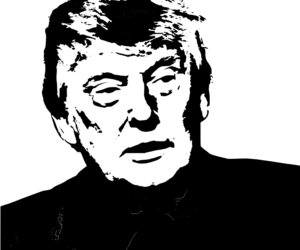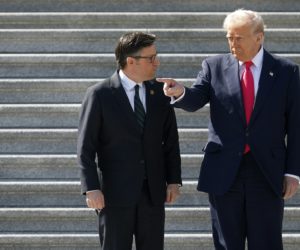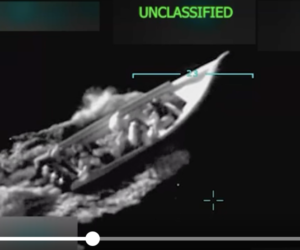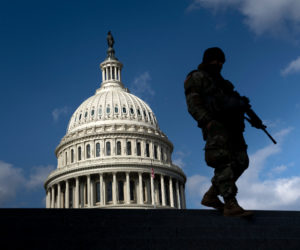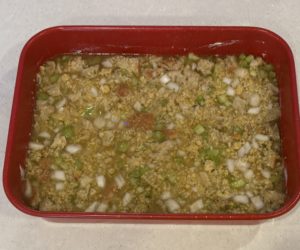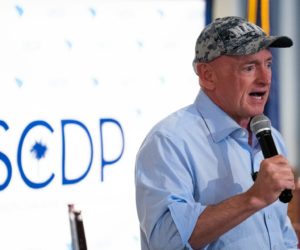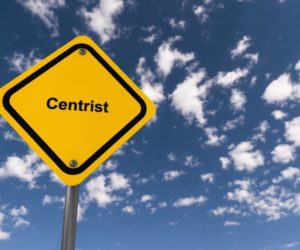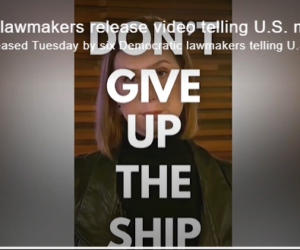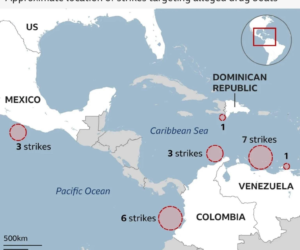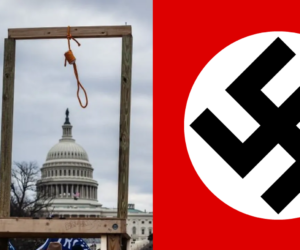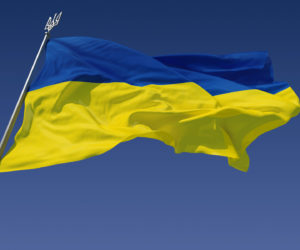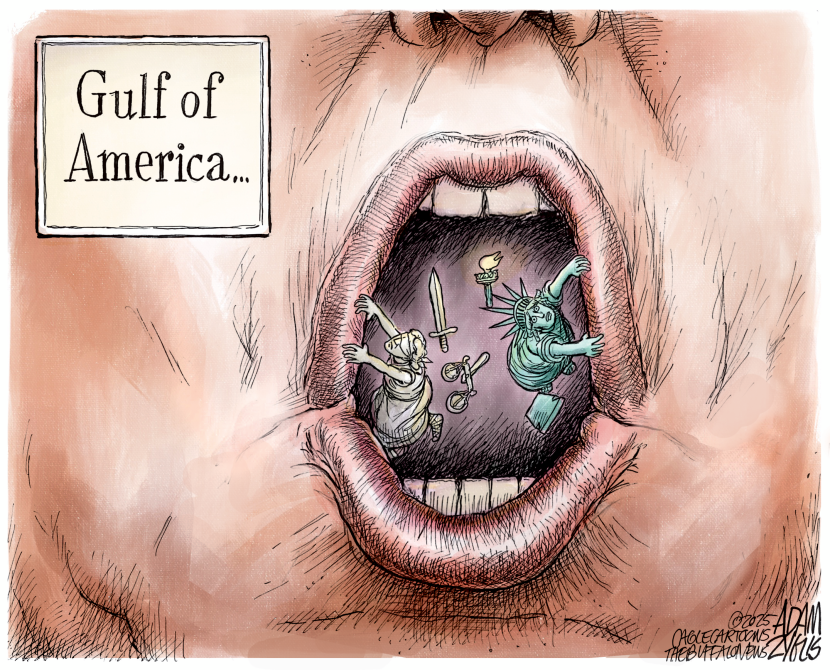
by Nik Kowsar
I totally understand why President Trump sees the press the way he does.
Back in the good old days — before he committed the unforgivable crime of running for office — he was a media darling. Even the five enlightened sages of “The View” found him entertaining. But the second he rode down that escalator, straight out of “The Simpsons’” crystal ball, the love affair ended. Suddenly, the disruptor-in-chief was public enemy number one.
It makes perfect sense why he’d be bitter about all that sweet government cash flowing into media outlets that never had a kind word for him.
As a freshly minted American citizen, I take the Bill of Rights very seriously — especially that pesky little thing called the First Amendment. But silly me, I didn’t realize that “freedom of speech” now means repeating exactly what the government tells you. So when the White House press secretary implied that refusing to use the new, correct name for the former Gulf of Mexico was akin to spreading lies, and Associated Press reporters had to learn this new fact, I had flashbacks. Not just to history books, but to my own life.
I’ve had the privilege of living through Authoritarianism 101 in a country run by Ayatollahs, and let me tell you, the syllabus is looking eerily familiar.
In January 2000, I did something truly dangerous — I drew a controversial cartoon mocking a very powerful and pro-violence Ayatollah. Naturally, I paid a hefty price. Long story short, I ended up in Evin Prison, where the hospitality is legendary. I wasn’t even sure if I’d leave alive.
My main charge? “Spreading lies” through my cartoons to “disrupt public opinion.” Sound familiar?
After a three-and-a-half-hour interrogation marathon with Judge Mortazavi — affectionately known as The Butcher of the Press — I was transferred to Ward 209, the VIP section for people the regime really wanted to “re-educate.” Blindfolded, I was led through the prison, bracing myself for whatever came next. Ward 209 had a bit of a reputation for accidental deaths during interrogations, and I wasn’t exactly eager to be the first cartoonist crushed under the authoritarian thumb.
My new accommodations? A not-so-cozy 7×5-foot suite, shared with two other lucky guests — one of whom was on death row. You could count the bullet marks on the concrete walls. One of my fellow inmates was a guy who had participated in Iran’s infamous Chain Murders, government-sponsored assassination of writers and intellectuals.
On the sixth day, the joke was officially on me. They drove me from Evin to the Press Court in a hearse — yes, the very same vehicle used to transfer executed inmates to the morgue.
Eventually, I was freed on bail, but my life was anything but free. Every waking moment was spent under pressure and under constant death threats until the day I finally fled Iran for Canada (I suppose AP reporters will have to call it the 51st state in the near future) three years later. I left behind my wife and daughter, not seeing them for four years.
I missed out on precious time with my family. When my father passed away last October, I wasn’t there. I wasn’t there to say goodbye, to hold his hand, to be by his side in his final moments.
My father — who was not only interrogated and silenced but also battling cancer — paid his own price for criticizing the Revolutionary Guards’ Khatam al-Anbia water management projects. Because in Iran, speaking the truth always has consequences.
Ironically, President Trump called it out in 2018, saying they created “an ecological crisis,”
Lucky for him, President Trump lives in a country where freedom of speech still exists! Because if he were an Iranian citizen, well… let’s just say he might have found himself enjoying a luxurious stay at Evin’s Ward 209, courtesy of the regime’s government-approved re-education program.?
In Iran, we had a saying: “We have freedom of speech, but we lack freedom after speech.”
And now, in this wonderful new chapter of my life, I get to see history rhyme again.
When I studied journalism in Canada, we were drilled on the AP Stylebook — a sacred text in the world of reporting. Now? It looks like we all need to toss it out and start studying the WH-47 Stylebook—because apparently, journalism is about getting the government’s preferred phrasing right.
Welcome to the new era of “freedom.”
Copyright 2025 Nik Kowsar, distributed exclusively by Cagle Cartoons newspaper syndicate. Nik Kowsar is an award-winning Iranian-American journalist, cartoonist, and water issues analyst based in Washington, D.C. He was exiled to Canada and the U.S. after his arrest for a cartoon satirizing a powerful cleric.

